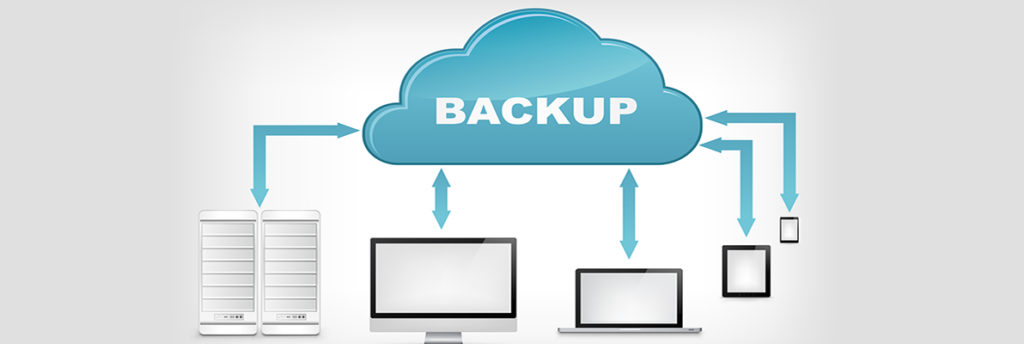
Data backups are absolutely vital for anyone who even casually uses a PC or mobile device. Losing your vacation photos or your financial records can be devastating, especially if your data can’t be reconstructed from other records. It is for this reason everyone should have a backup strategy and that strategy should include some kind of off-site component.
Most IT professionals will tell you backups should come in three flavors. The first is a simple copy. The second is a copy stored on a different kind of media. The third is a copy stored off-site. This is one reason “cloud” backup services have become so popular recently.
What is the “Cloud”?
Simply put, the “cloud” is simply a computer elsewhere on a network. It is made available to your machine in much the same way a web site is made available, but with one very important exception: You are the only person who is authorized to access the information on that service.
Think of a “cloud” server as an extension of your own computer. You will have a user name and password and will very likely have the option to encrypt the data at the remote location so only those you authorize will have access to it. For experienced IT pros, “the cloud” is just a server or a group of servers. There’s no real magic to it, but it is important you know the difference so you can properly plan your backup strategy.
Moving the Freight
A backup of your whole computer is likely to take quite some time, even on a fast Internet connection. This is why most cloud backups operate gradually at first, only copying small amounts of data on a regular basis in order to avoid having a negative impact on your use of the machine.
This data is sent across the network and a copy is stored in a special directory on your cloud server. If it becomes necessary in the future for you to access that data, you can download a single file, a small amount or the entire backup at once if you prefer.
Security
Most computer users have heard of “ransomware.” This is a particularly dangerous kind of security breach where all the data on your machine can be corrupted by an external attacker. If you find yourself affected by this, you will be thankful you took the time to maintain good backups, especially ones stored on a remote cloud server.
Incremental Backups
This is where cloud storage and backups really become powerful. Once you have done the initial copy of your data to the remote machine, your backup software will then monitor your local storage. If one of your files changes, for example, during a document update, your backup software will take the most recent version and copy it to the remote server.
In most cases this will happen without you even noticing. If you have a particularly sophisticated backup system, it will even keep track of each copy as a separate version so you can roll back to a previous copy of the document without discarding the most recent changes.
The power of such a system is obvious, especially if you are a programmer or other technical professional and precision counts in your work.
Baseline
Remote backups can also serve as a good baseline from which to produce new backups in the future. This is important because since the cloud system is expected to always have the most recent copy of your data, you can be reasonably sure a second copy of that cloud stored backup will be current as of the time it is copied. This isn’t always the case with local storage, as you may have open documents and other information that hasn’t been written to disk yet.
Backups are the cornerstone of a good security policy for any computer, even if it is only a home machine and is primarily used for entertainment. As always, consulting a computer repair company like Magnify247.com is the best way to make certain your backup strategy is the right one.
For help with Backup Strategies please contact us today.






